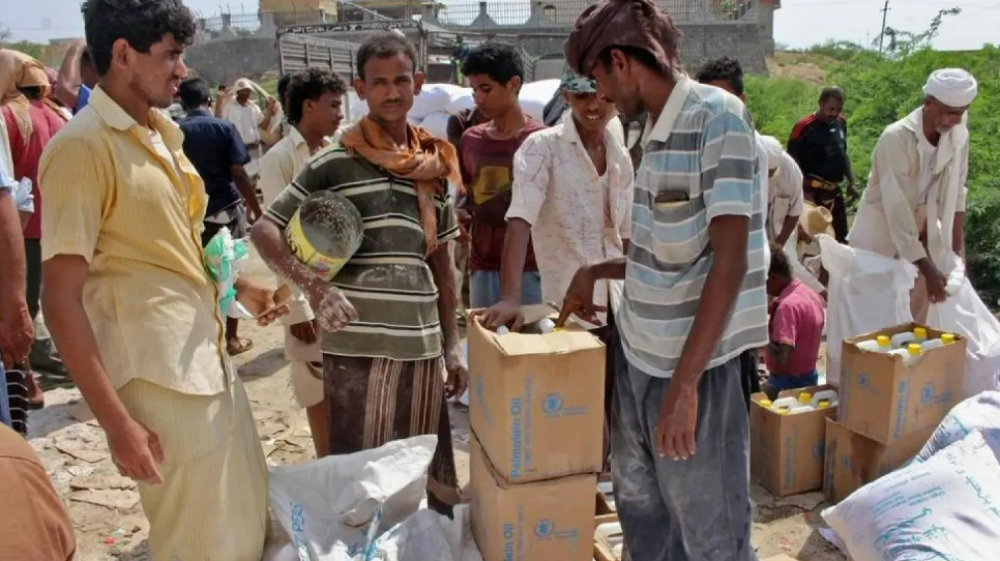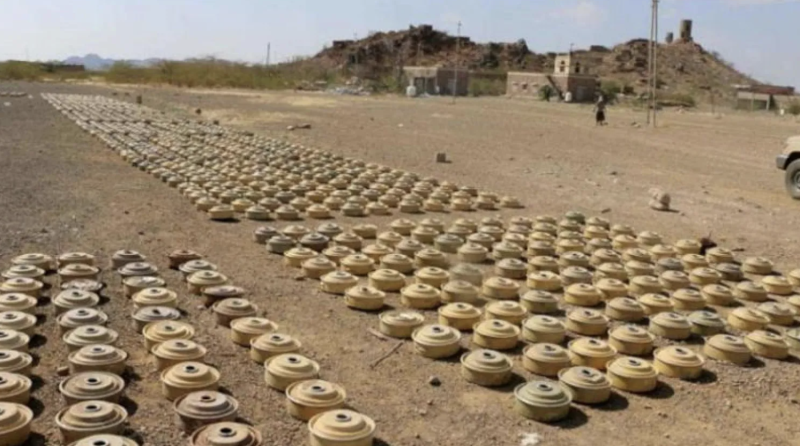WFP: 70% of IDPs in Yemen Have No Access to Minimum Food Needs


The World Food Program (WFP) on Tuesday revealed that the food insecurity situation in Yemen remains consistently at alarming levels, where 70% of internally displaced persons (IDPs) struggle to access their minimum food needs.
The report came while humanitarian organizations in Yemen await President Donald Trump’s decision to designate the Houthi militias as a foreign terrorist organization (FTO) to take effect.
“IDPs were particularly affected by the food insecurity situation in Yemen,” the UN agency said in its Yemen Food Security Update.
“70% of IDP households struggled to access their minimum food needs, and severe food deprivation increased to 42% by the end of 2024,” it noted.
The WFP said IDPs in camp exhibited a higher prevalence of poor food consumption (49%) compared to those living in host communities (39%).
The food insecurity situation in Yemen remains consistently at alarming levels, where 64% of surveyed households were unable to obtain their minimum food needs in December 2024, found the report.
It said households in areas under the legitimate government exhibited relatively higher prevalence of inadequate food consumption (67%) compared to Houthi-controlled areas (63%).
The Program named the key drivers that led to the deteriorating food insecurity situation in Yemen. They include macroeconomic upheavals, humanitarian assistance gaps particularly the pause of food assistance across most districts in Houthi-held areas and the limited livelihood opportunities.
In addition, localized conflict during the last three months of 2024 contributed to a further deterioration in the food security situation, particularly in frontline districts of Taiz, Dhale and Abyan.
The WFP report showed that severe levels of food deprivation (poor food consumption) reached 38% by the end of the year (40% in government areas and 37% in Houthi-controlled areas).
Also, all governorates in Yemen exceeded the “very high” threshold of more than 20% for poor food consumption in December, except for the Houthi-held Sanaa governorate.
To meet food shortages in December, the WFP said 52% households in Houthi-controlled areas and 44% in government areas adopted severe food-based coping strategies (higher than 20).
Nationally, common practices included reducing meal sizes (72%) and consuming less preferred foods (66%).
Therefore, the program showed that severe livelihood challenges were evident, with strategies such as begging and selling homes becoming prevalent.
In Houthi-controlled areas, the WFP said it scaled up its Targeted Emergency Food Assistance (TEFA) program from 1.4 million people to 2.8 million people in 70 districts as of the second TEFA cycle, which started in mid-January 2025.
The resumption of regular food assistance in Houthi-held areas contributed to a notable improvement in households food consumption and coping levels as observed in September and November.
In areas under the control of the legitimate government, the UN agency said the Yemeni rial depreciated by 26% during 2024 and lost 71% of its value against the US dollar over the past five years.
This depreciation has primarily driven fuel prices to unprecedented levels and caused the cost of the minimum food basket (MFB) to rise by 21% between January-December 2024.
Meanwhile, fuel imports through all Yemeni seaports in 2024 remained at a similar level to that recorded in 2023, while food imports increased by 10% compared to the previous year, the report said.

Aden — Security sources have revealed that dozens of irregular African migrants landed on the shores of Shabwa governorate in southeastern Ye…

Washington – Yemen has been ranked among the world’s top 20 countries experiencing the highest levels of political and deadly violence…

Aden – The operations room of the Saudi-funded Masam demining project announced that its field teams have successfully removed 2,656 landmine…